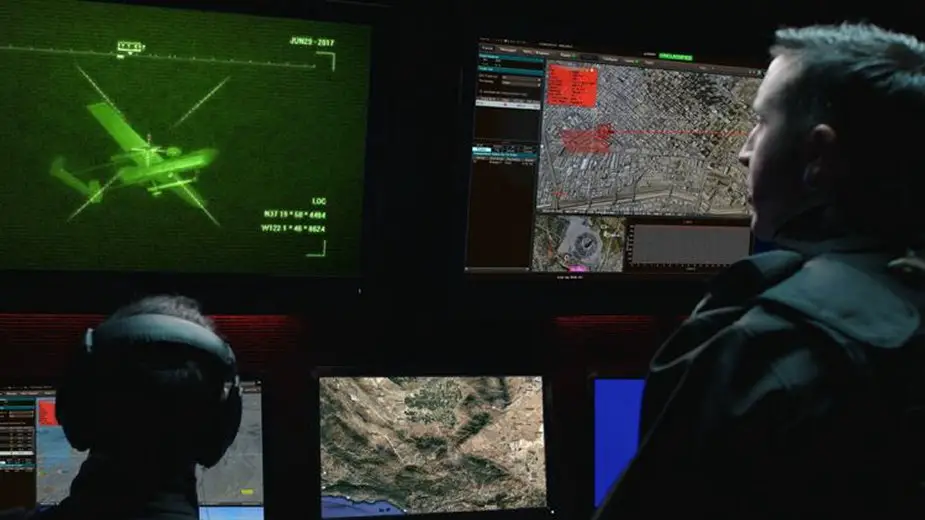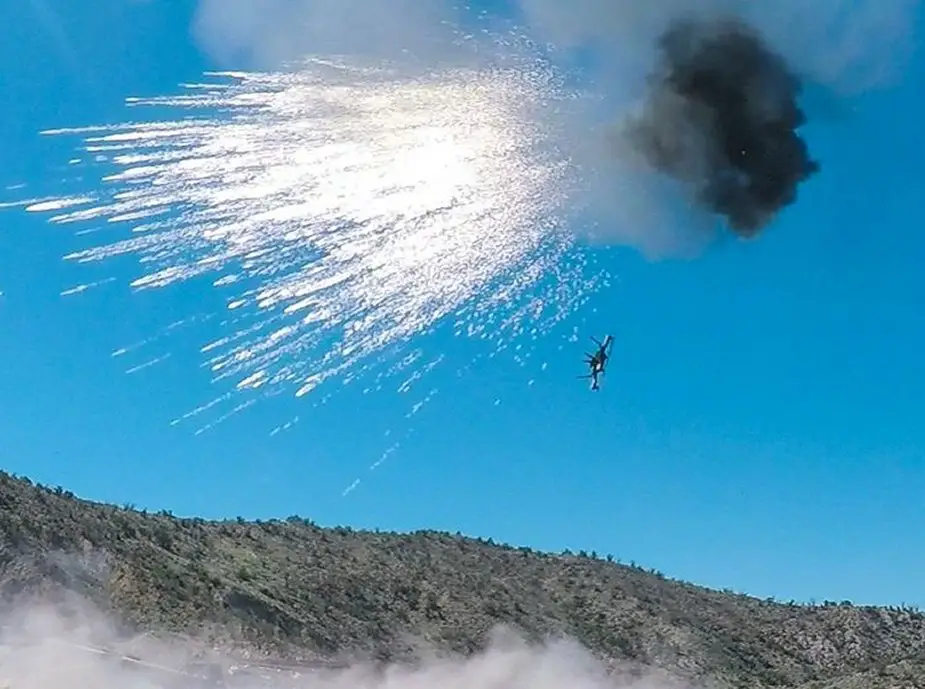The power of short range air defense in U.S. Armed Forces
The Counter-Rocket Artillery and Mortar (C-RAM) system of systems was deployed in 2005 to address a joint urgent operational need to defend U.S. troops against rocket, artillery and mortar attacks in four primary pillars: sense, warn, intercept and respond. Countless soldiers deployed over the past decade and a half have heard the jarring yet familiar “Incoming! Incoming!” siren warning in advance of an attack, while behind the scenes, the system developed and executed an intercept engagement plan. The C-RAM system is credited with saving hundreds of lives in theater, providing the precious seconds needed to take cover or lie down.

FAAD/C-RAM C2 – Common command and control supporting C-UAS, SHORAD, and C-RAM missions (Picture source: U.S. DoD)
Command and Control (C2) software. FAAD C2 is the U.S. Army’s short-range air defense (SHORAD) C2 program of record. It was originally fielded to defend maneuver forces against attacks by manned fixed-wing and rotary-wing aircraft. The combined software, now known as FAAD/C-RAM C2, is what senses and confirms the threat, provides early warning to the specific impact area at risk, tracks the threat trajectory, and engages the in-bound threats. Northrop Grumman has been the prime contractor for FAAD/C-RAM C2 responsible for developing and fielding this capability at home and across the globe since 1986.
FAAD/C-RAM C2 is an open, modular system that allows easy and rapid integration with available sensors, effectors and warning systems to enable rapid, real-time defense against short-range and maneuvering threats. FAAD/C-RAM C2 is integrated with more than 20 different effectors and close to 15 sensor systems, as well as a number of additional external communication systems. It continues to demonstrate the rapid, cost-effective integration of new systems to deliver greater situational awareness and protection as the operational environment evolves. Besides protecting vital military bases overseas, it also provides protection to cities like the U.S. national capital region, Washington D.C.
Extending the Mission - C-UAS
Even though FAAD/C-RAM C2 capabilities were developed as solutions to specific customer needs, they continue to evolve as a counter to new and emerging threats.
Countering Unmanned Aircraft Systems (C-UAS) is at the forefront of air defense and brings new challenges to the battlefield. There is no one-size-fits-all response to address these new threats. FAAD/C-RAM C2 is the U.S. Army’s C2 solution for C-UAS, currently fielded and engaging UAS daily with multiple effector systems. FAAD/C-RAM C2 is continuing to evolve to integrate new C-UAS sensors and effectors onto the network, including electronic warfare and directed energy systems to support this growing mission.

Northrop Grumman recently proved the ability of its Bushmaster Chain Guns and advanced medium caliber ammunition to destroy a drone during recent live-fire testing (Picture source: Northrop Grumman)
FAAD/C-RAM C2 was recently the main C2 system for the Army’s Maneuver and Fires Integration Experiment (MFIX), an annual event at Ft. Sill, Oklahoma. There, military and industry leaders showcased their latest technologies and capabilities aimed to fill gaps in long-range fires and maneuver short-range air defense. Among those new C-UAS capabilities that were integrated with FAAD/C-RAM C2 and demonstrated at MFIX were more portable, compact directed energy weapons systems.
Another example is the Army’s Mobile Low, Slow Unmanned Aerial Vehicle Integrated Defense Systems (MLIDS), a solution that has spent the last year testing at Yuma Proving Ground, Arizona. MLIDS is composed of two vehicles using FAAD/C-RAM C2 to cue, track, disrupt and destroy targets, including UAS. FAAD/C-RAM C2 also deploys and directs a one-time use attack UAS from the MLIDS vehicle that acts as a maneuverable missile. It’s a UAS for the C-UAS mission.
FAAD/C-RAM C2 also recently successfully tracked, engaged and defeated a UAS during the recent IM-SHORAD Weapon Safety Performance Test at White Sands Missile Range, the first successful engagement with a Longbow Hellfire missile from a vehicle that was using an onboard sensor. Also in the works, FAAD/C-RAM C2’s integration with Northrop Grumman’s capability to support the full C-UAS kill chain with lethal and nonlethal systems, including our own Bushmaster Chain Guns with advanced medium caliber ammunition (Programmable Air Bursting Munitions, Proximity Fuzed and Guided) and the Mobile Acquisition Cueing and Effector (M-ACE) system.
What Comes Next – M-SHORAD and IBCS
The SHORAD mission is gaining new emphasis as the Army modernizes its capabilities to protect maneuver forces around the globe. FAAD/C-RAM C2 is the Army’s directed solution for the initial maneuver solution (IM-SHORAD), as the Army continues to develop a longer-term enduring solution, Objective or OM-SHORAD. FAAD/C-RAM C2 is also the foundational command and control system for Northrop Grumman’s Directed Energy M-SHORAD prototype solution and our fully integrated, mobile end-to-end offering for OM-SHORAD.

Northrop Grumman was selected to develop and integrate a directed energy prototype solution on a Stryker combat vehicle (DE M-SHORAD) for the U.S. Army to better protect highly mobile frontline units (Picture source: Northrop Grumman)
FAAD/C-RAM C2 was developed for short-range air defense, and this and many other capabilities will ultimately converge into a much bigger command and control – the Integrated Air and Missile Defense Battle Command System (IBCS). This will extend the battlespace to enable both short and extended-range air defense operations and provide revolutionary multi-domain defense capabilities for U.S., joint and coalition forces to address and defeat the evolving threat.


























